How Geogrid Walls Enhance Durability in Road and Embankment Construction
Geogrid walls provide critical stability, support, and durability to various soil types and structures in the field of geosynthetics. In this article, we explore common questions surrounding geogrid walls, clearing up confusion and emphasizing their value in modern engineering projects.
What are geogrid walls and why are they important?
Engineers create geogrid walls using synthetic polymers such as polyester or polypropylene. These walls strengthen soil and materials by enhancing their stability and preventing erosion, making them vital for projects such as retaining walls, embankments, and road construction. The ability of geogrid walls to bear heavy loads while offering a cost-effective and sustainable solution makes them essential in engineering projects.
How do geogrid walls work in stabilizing soil?
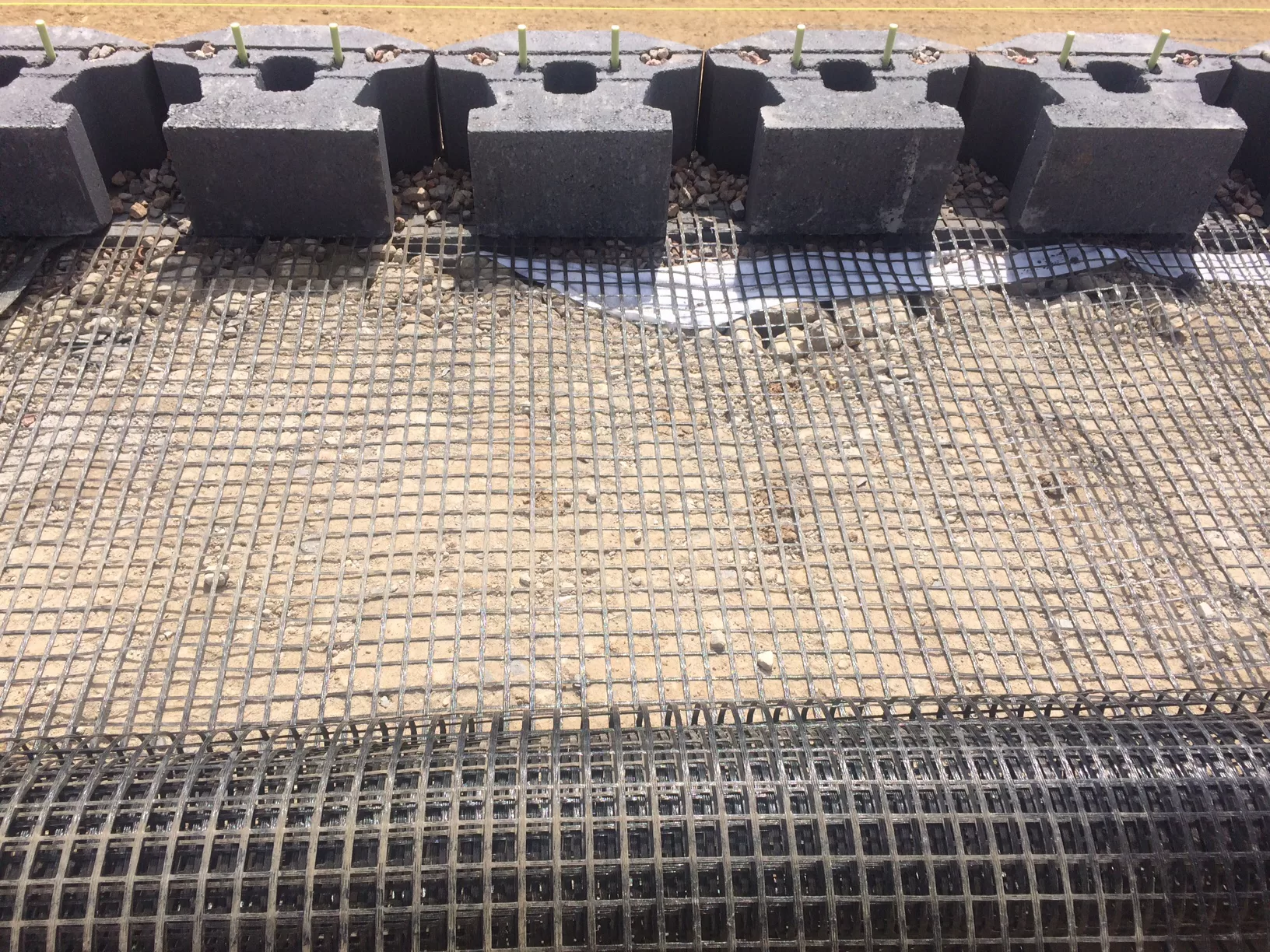
Geogrid walls stabilize the soil by reinforcing it with high-strength polymer grids that distribute loads evenly and enhance soil shear strength. The grids lock soil particles together, preventing shifting and erosion. Retained walls provide structural support, prevent bulging, and improve drainage by allowing water to flow through, reducing hydrostatic pressure. This makes geogrid walls an efficient, cost-effective solution for preventing soil failure in construction and landscaping projects.
What are the advantages of using geogrid walls compared to traditional methods?
Geogrid retaining walls offer several advantages over traditional retaining walls made from concrete or masonry. These benefits include a more sustainable approach, reduced material needs, faster installation, and less excavation. Additionally, geogrid retaining walls have a lower environmental impact because they utilize locally sourced materials, contributing to a reduction in the carbon footprint of construction projects.
In what types of projects can geogrid walls be applied?
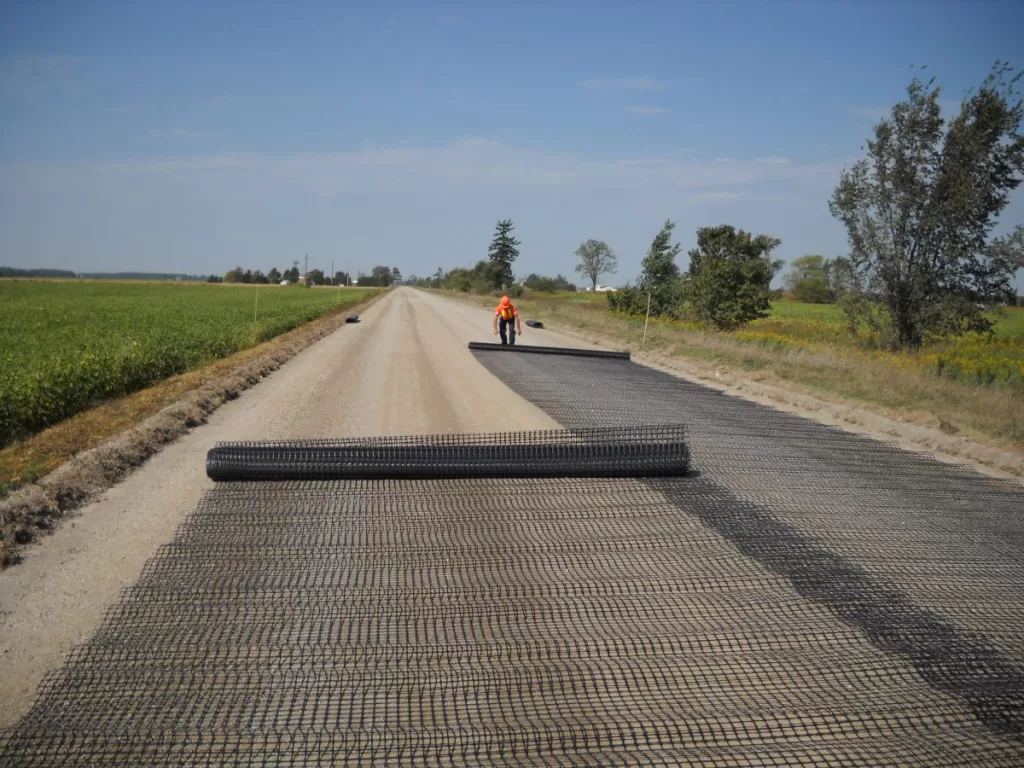
Geogrid walls are versatile and find applications in a variety of engineering projects, including soil reinforcement for embankments, construction of retaining walls for highways and railways, slope stabilization, and erosion control. They are especially useful in regions where traditional methods would be too expensive or logistically challenging.
Geogrid walls offer innovative, practical solutions for reinforcing soil and other materials. By providing stability and support in infrastructure projects, geogrid walls continue to play a key role in the geosynthetics industry.
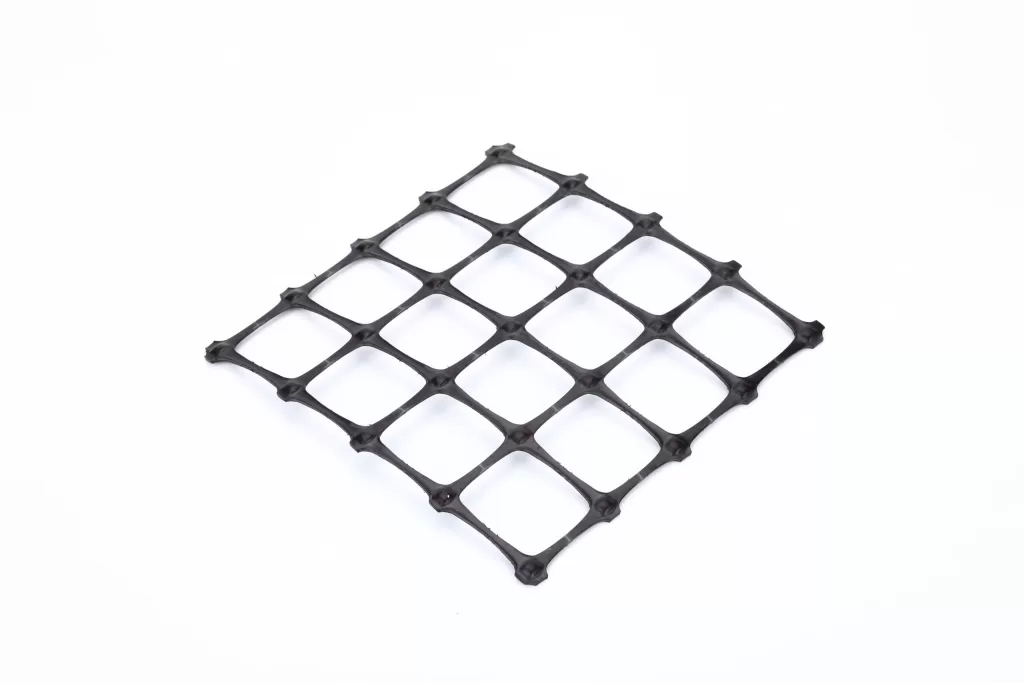
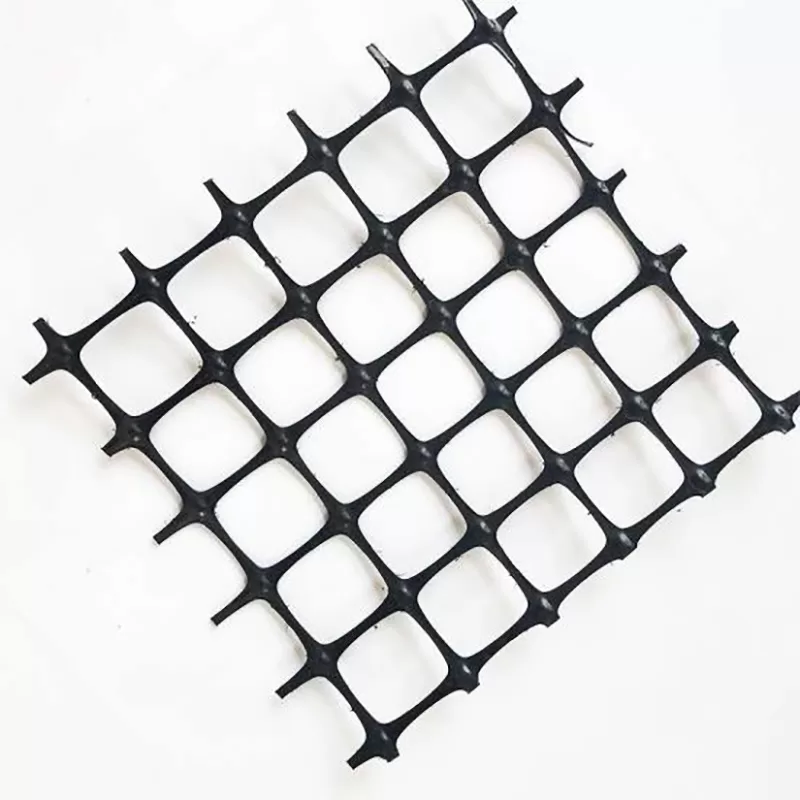
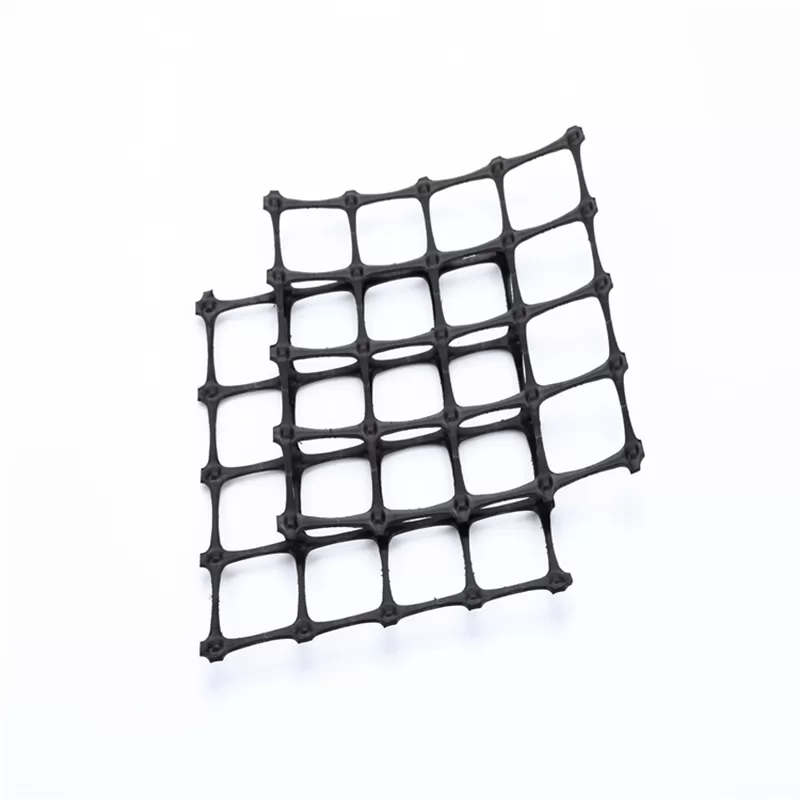
Comments
Post a Comment